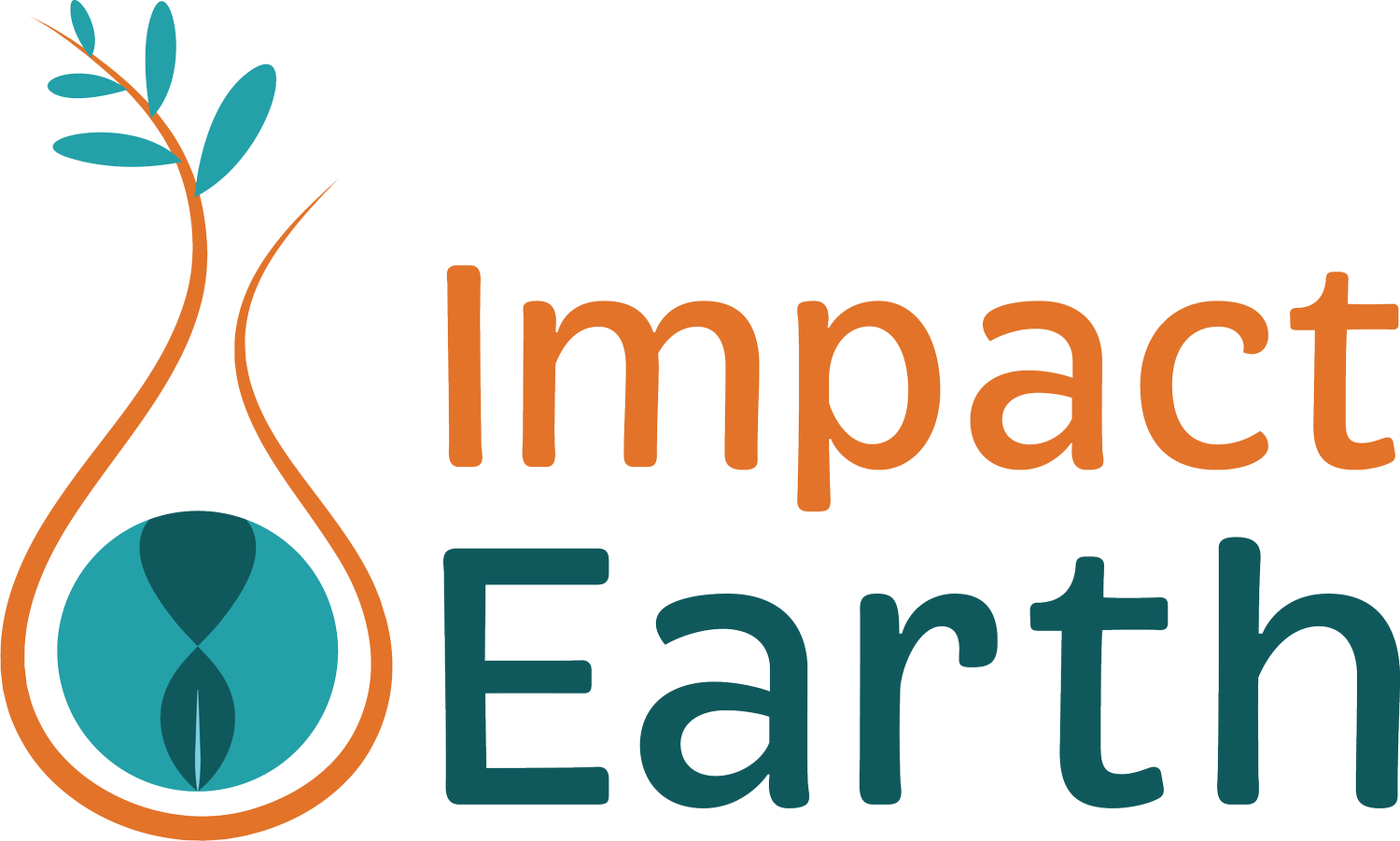The Road to Low-Waste Living
Can you imagine Dorothy and her friends skipping down the low-waste yellow brick road- Choices and Habits and Change Oh My… Choices and Habits and Change Oh My…as they consider the best way to reduce waste? Will the Wizard have the answer? While that might be a bit of a stretch, it takes courage to face an overwhelming list of lifestyle choices and not let your habits rust in place.
We introduced the 2024 Household Assessment as a tool for people to rate their habits on a scale ranging from Already Do This to Can’t Imagine Doing This. Anyone familiar with striving for a low-waste lifestyle will recognize the categories: Refuse and Reduce, Reuse, Food and Compost, Recycle and Refurbish, and Support Community. Since it’s a lot to consider the 40 choices all at once, we also posed a follow-up question:
What is one change you could easily do now that you will make in the next three months?
It’s like finally meeting up with the Wizard of Oz only to have him tell you he doesn’t have the answer and you need to do something!
But don’t worry, that’s why we asked you to choose just one. According to Google and my mother, it takes between 30 and 60 repetitions for a habit to change. Another source said between 18 to 254 days. The wide range is most likely connected to the frequency with which the new action is completed. Those doing it consistently took less time to integrate it.
That’s the tricky part. To be consistent your new habit must fit into the rest of your life with all the other activities competing for your time and attention. What is easy for one family will be difficult for another and vice versa. That’s why it’s important to set an intention and consider how to best set yourself up for success.
Just One
It’s easy to minimize the impact of just one habit change unless we learn to notice the collective result by paying attention and doing a little math. If one household reduces a weekly purchase of non-recyclable plastic containers from 5 to 1, that’s a reduction of 208 pieces per year. If 100 families make this same change, 208,000 plastic pieces will be diverted from the landfill.
Here are examples of what our 2024 Household Assessment respondents are working on in the next three months:
Reduce Plastic
When cling wrap runs out, will switch to beeswax wrap or glass lids on a plate to store leftovers in the fridge
Switch from plastic-packaged veggies to bulk that I pack in a reusable produce bag
Bring my own container for leftovers when dining out at a restaurant that uses plastic takeout containers
Switch from liquid soap in plastic pump to bar soap
Purchase products in aluminum or glass containers
Reuse cereal and cracker liners to replace plastic bags
Reduce single-use items
Switch to cloth napkins
Carry a handkerchief in place of tissues for personal use
Recycling
Take hard-to-recycle items to EcoPark
Update my recycling knowledge
Reduce the number of items I need to recycle
How to Stay Motivated
Keeping a Trash Log doesn’t need to be complicated.
Over time you should see a reduction in the amount of trash bags going to the landfill, particularly as a new habit becomes routine in your household.
How much time before we see a change?
It depends on your consistency. The more people in a household the more challenging it is to establish that. One survey respondent wanted to “get rid of my husband” since he didn’t see the need to make more sustainable choices. I’ve also heard this complaint from parents of teenagers.
How do we motivate our family members? Is there something they value that would incentivize them to reach certain milestones? When we’re down to (pick a number) of landfill bags per week we celebrate by (what is fun for your family?)
It’s not easy to walk that yellow-brick road alone. With all its twists and turns, you make better progress by linking arms with a low-waste community. You’ll meet Scaregrows with knowledge, Cowardly Lions who learn from their fears, and Tin Men with large hearts to encourage you. And then there’s the Dorothy in all of us just trying to find her way by taking that first step along the road to low-waste living.
Tell us your thoughts
We would love to hear about your progress with a zero-waste intention. Send your comments to Nancy Steinkamp.


